The remarkable tale of Greyfriars Bobby, the faithful dog
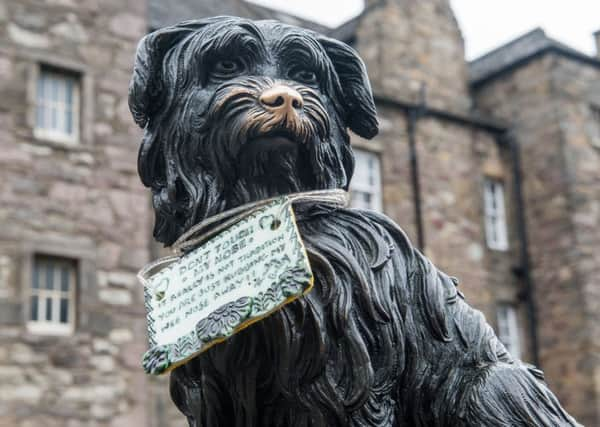

In Scotland, in 1850s, John Gray worked as a night watchman for Edinburgh City Police.
Around 1856, Gray, or Auld Jock as he was sometimes known, took on a dog named Bobby to accompany him on his long rounds through the cobbled streets and closes of Edinburgh.
Advertisement
Hide AdAdvertisement
Hide AdOther accounts claim, he was actually a shepherd hailing from the Pentland Hills, but regardless of Gray’s true occupation, Bobby was devoted to his master and seldom left his side.
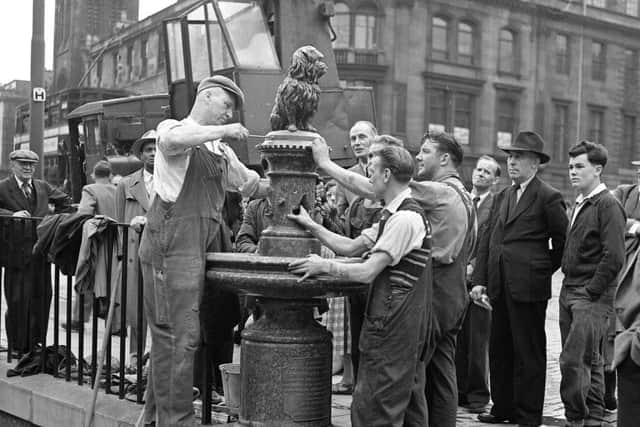

After John Gray passed away from tuberculosis on 15 February 1858 the devotion of his most faithful canine companion continued.
Gray was buried in an unmarked grave in Greyfriars Kirkyard in Edinburgh.
The morning after the burial, so the story goes, Greyfriars’ curator, James Brown, discovered Gray’s most faithful companion lying on his master’s newly-filled plot.
As dogs were not permitted into the grounds of the kirkyard Bobby was quickly ushered away, only to return, defiantly attracted to the burial site of his dear owner.
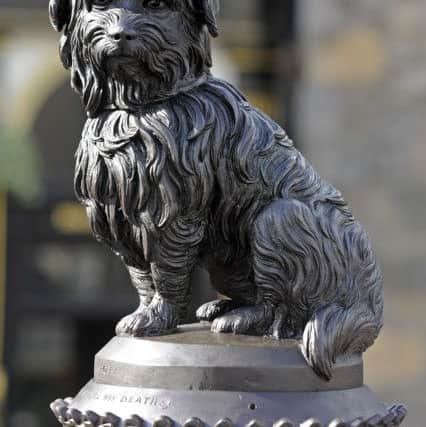

Come rain or shine, the vigil persisted. Brown eventually took pity on the dog and Bobby soon became a popular local figure.
Each day, large crowds would gather in anticipation of the sound of the One o’ Clock Gun, which became Bobby’s signal to scurry towards the nearby inn for a lunchtime meal.
Stray dogs were not uncommon in 19th century Edinburgh, and strict licensing laws were in place to tackle the problem.
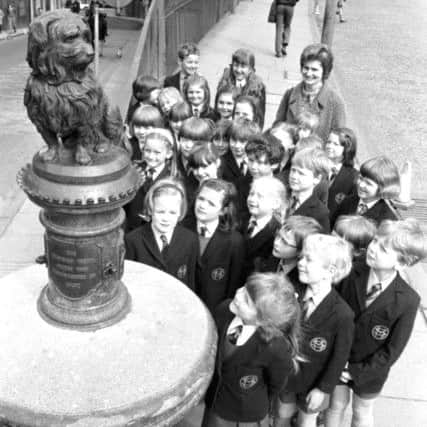

Advertisement
Hide AdAdvertisement
Hide AdAny dogs found without owners willing to cough up the necessary ‘dog tax’ Would be disposed of.
The ownerless Greyfriars Bobby was in great danger but in 1867 his fame saved him as Edinburgh’s then Lord Provost, William Chambers, stepped forward to pay the license fee. Chambers even supplied Bobby with a brand new collar, the inscription reading: “Greyfriars Bobby, from the Lord Provost, 1867 licensed”. The collar, along with Bobby’s feeding dish, is now on display at the Museum of Edinburgh.
The life of Greyfriars Bobby, Auld Jock’s ever-loyal companion, eventually came to an end in 1872 at the ripe old age of 16. Bobby’s remains were interred outside the entrance of the kirk in one of the flower beds, a stone’s throw from his master.
Memorial statue and fountain
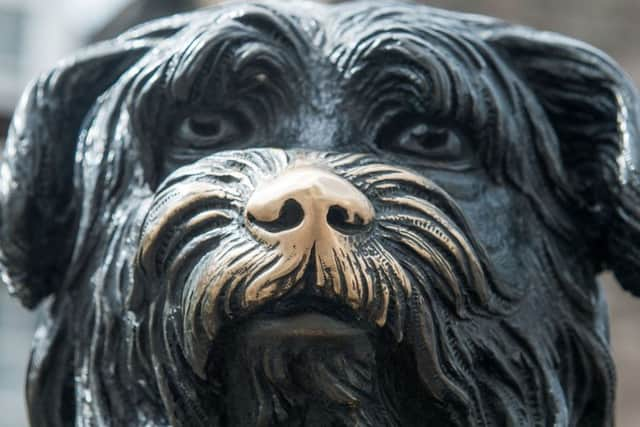

A year after Bobby’s death, a memorial statue, incorporating a drinking fountain intended for use by both canines and people, was erected at the junction of George IV Bridge and Candlemaker Row.
Both the statue and the alluring tale which spawned it continue to enthral tourists from all around the world. In recent years, however, a tradition has surfaced which claims that good luck will come your way if you rub Bobby’s nose – bad luck for the statue as it turns out as its dark patina faces the prospect of being continually worn away, exposing the gleaming bronze underneath.
Hoax?
The story of Greyfriars Bobby entered the annals of local legend long ago.
Numerous books and films, including the 1961 Walt Disney hit Greyfriars Bobby: The True Story of a Dog, have covered the tale in great detail over the years and Edinburgh has benefitted greatly from the tourism which it generates. However, there have been various claims that it was all an elaborate hoax, designed purely for the financial benefit of one or two men.
In 2011, Dr Jan Bondeson, a historian and lecturer at Cardiff University, delved deep into the 140-year-old tale and concluded that it was nothing more than a shaggy dog story, created to draw in business for Greyfriars’ curator James Brown and restaurant owner John Traill.
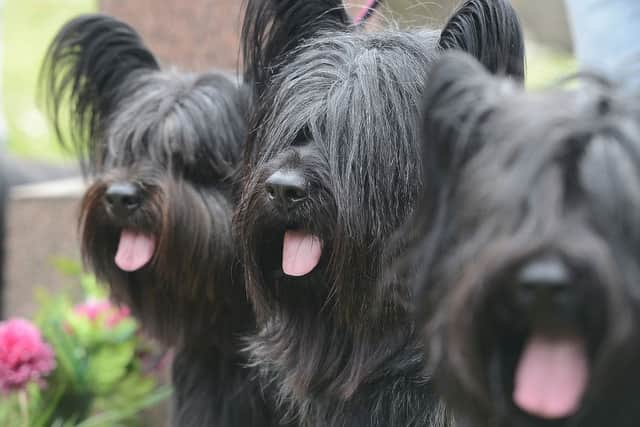

Advertisement
Hide AdAdvertisement
Hide AdWhile Bondeson accepts that a dog fitting Bobby’s description did indeed roam the cemetery, he would have been nothing more than an ownerless stray that sniffed around, waiting on scraps. A lack of any firm evidence to suggest that a John Gray had ever been interred at Greyfriars other than from the accounts by both Brown and Traill, coupled by the fact that such a small dog would have made an unlikely policeman’s companion, also suggested to Bondeson (and many others before him) that something wasn’t quite right.
Then there was the mystery surrounding Bobby’s age. Skye Terriers don’t often live beyond 10 or 12 years, but the rough-sleeping Bobby, who endured all manner of harsh weather conditions, supposedly survived until he was at least 16. According to Dr Bondeson, one plausible explanation for this was that a second dog, a pure bred Skye Terrier, replaced the first Bobby, a mongrel who had died in 1867 - so great were the financial incentives for those involved by that point.
As likely as Dr Bondeson’s controversial assertions are, the heart-warming story of Greyfriars Bobby and his undying affection for his dear master endures, as Bondeson himself concedes: “It won’t ever be possible to debunk the story of Greyfriars Bobby - he’s a living legend, the most faithful dog in the world, and bigger than all of us.”
Never let the truth get in the way of a good story, as the old saying goes.
